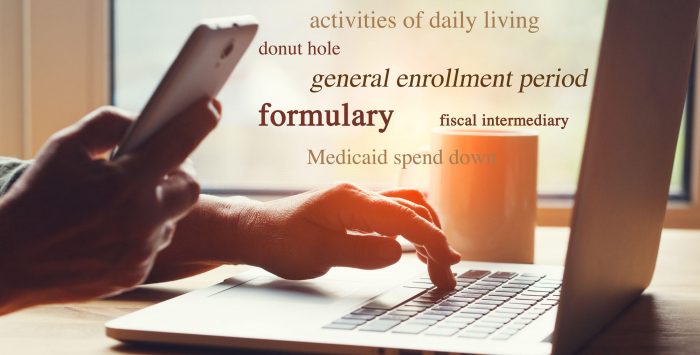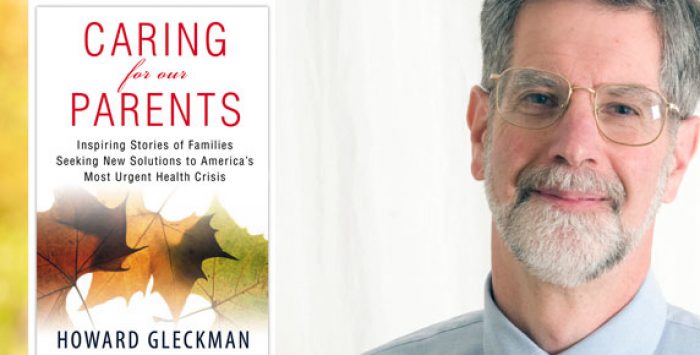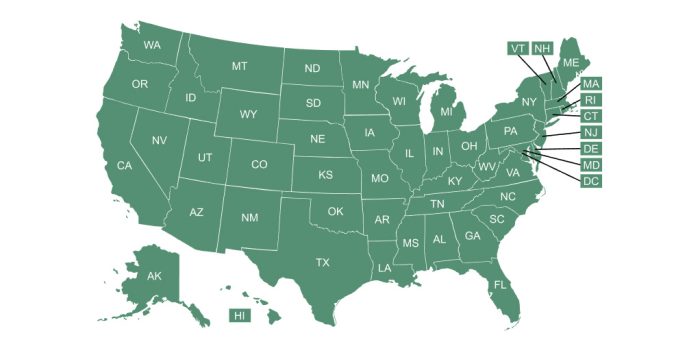What is the Community Spouse Resource Allowance (CSRA)?
In prior decades, the spouses of Medicaid nursing home recipients had to completely “impoverish” themselves – and pay nearly all their income and resources to defray expenses incurred by a spouse who was receiving long-term care. This meant that these “community spouses” – who were healthy enough to live at home – struggled to afford their mortgage or rent, home maintenance costs, and other living expenses.
Federal Medicaid law now protects the spouses of Medicaid nursing home enrollees by allowing them to keep enough resources and income so they can afford to live in the community.
Spousal impoverishment rules allow these spouses to retain some of their assets — that they jointly own with the spouse who needs long-term care — through a Community Spouse Resource Allowance (CSRA). This means spouses no longer have to completely deplete their resources so their loved one can qualify for Medicaid.
In many states, community spouses can keep 50% of the couple’s assets – up to a maximum of $137,400. However, other states allow community spouses to keep up to $137,400 – even if that amount equals more than half the couple’s assets. There is also a minimum resource amount of $27,480, meaning that states cannot set their resource limit for community spouses below that level, although they can set it anywhere between the federally allowed minimum and maximum value. (Note that these numbers are for 2022; the amounts are inflation-adjusted each year.)
It’s important to note that the value of the primary home where the community spouse lives is not counted toward the value of the CSRA. This allows the community spouse to continue to live at home, instead of having to sell the home to pay for their spouse’s nursing home care. There are limits on how much equity the couple can have in their primary home, but the limits are high enough to ensure that in most cases, the community spouse can continue to live in the home: As of 2022, the home equity limit can be as high as $955,000, and states cannot set a home equity limit below $636,000.
Also note that the CSRA refers to assets/resources, but is not the same thing as income. The community spouse can also have a monthly income in addition to the resources and home (although there are also limits on how high the monthly income can be).
In many states, these spousal impoverishment rules used to apply only to nursing home enrollees, but the Affordable Care Act required states to allow spouses of Home and Community Based Services (HCBS) enrollees to keep a CSRA. That rule was set to expire in 2018, but several short-term extensions have been implemented, extending the protections through September 2023 for spouses of HCBS recipients.



